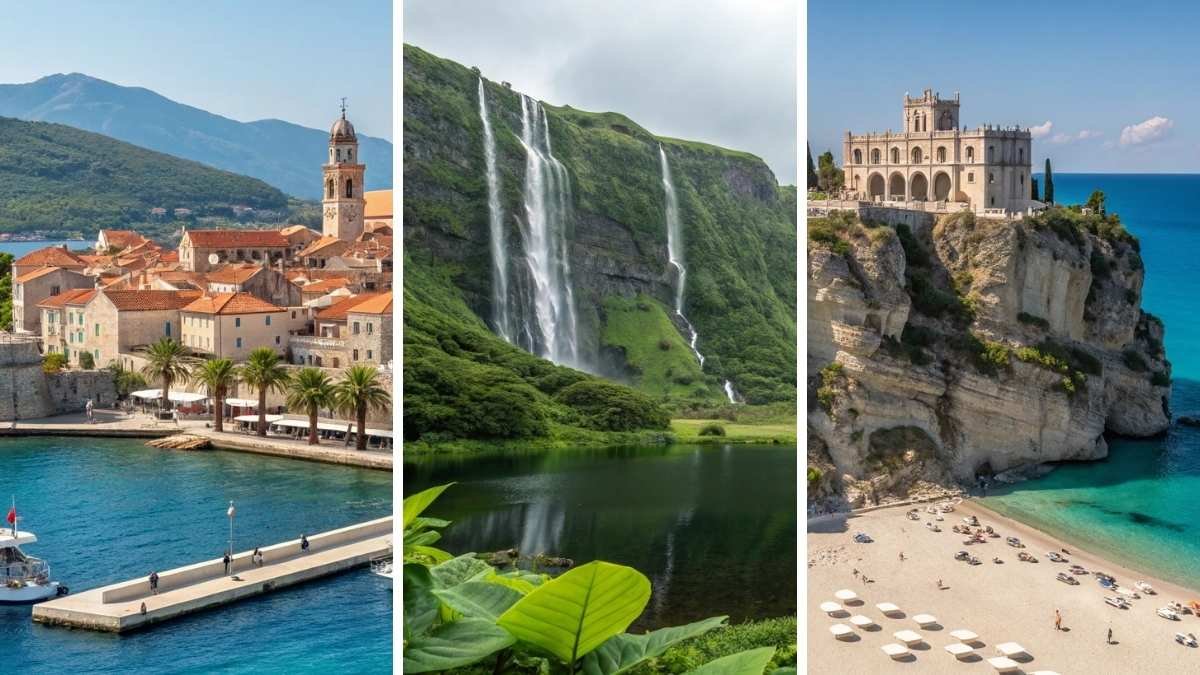
Sometimes, the places that leave the deepest mark aren’t the ones splashed across glossy travel guides—they’re the quiet corners, the forgotten towns, the places that surprise you with their soul.
In 2025, Europe still has stories hiding in its hillsides, coastlines, and cobbled lanes. No lines, no overpriced cafés, no choreographed crowds—just raw beauty and genuine connection. These are the places where time slows down and travelers feel something real.
Whether you’re chasing calm, craving character, or just ready for something different, these under-the-radar towns will stay with you long after you’ve left. Let’s pull back the curtain on what you’ve been missing.
1. Kotor, Montenegro
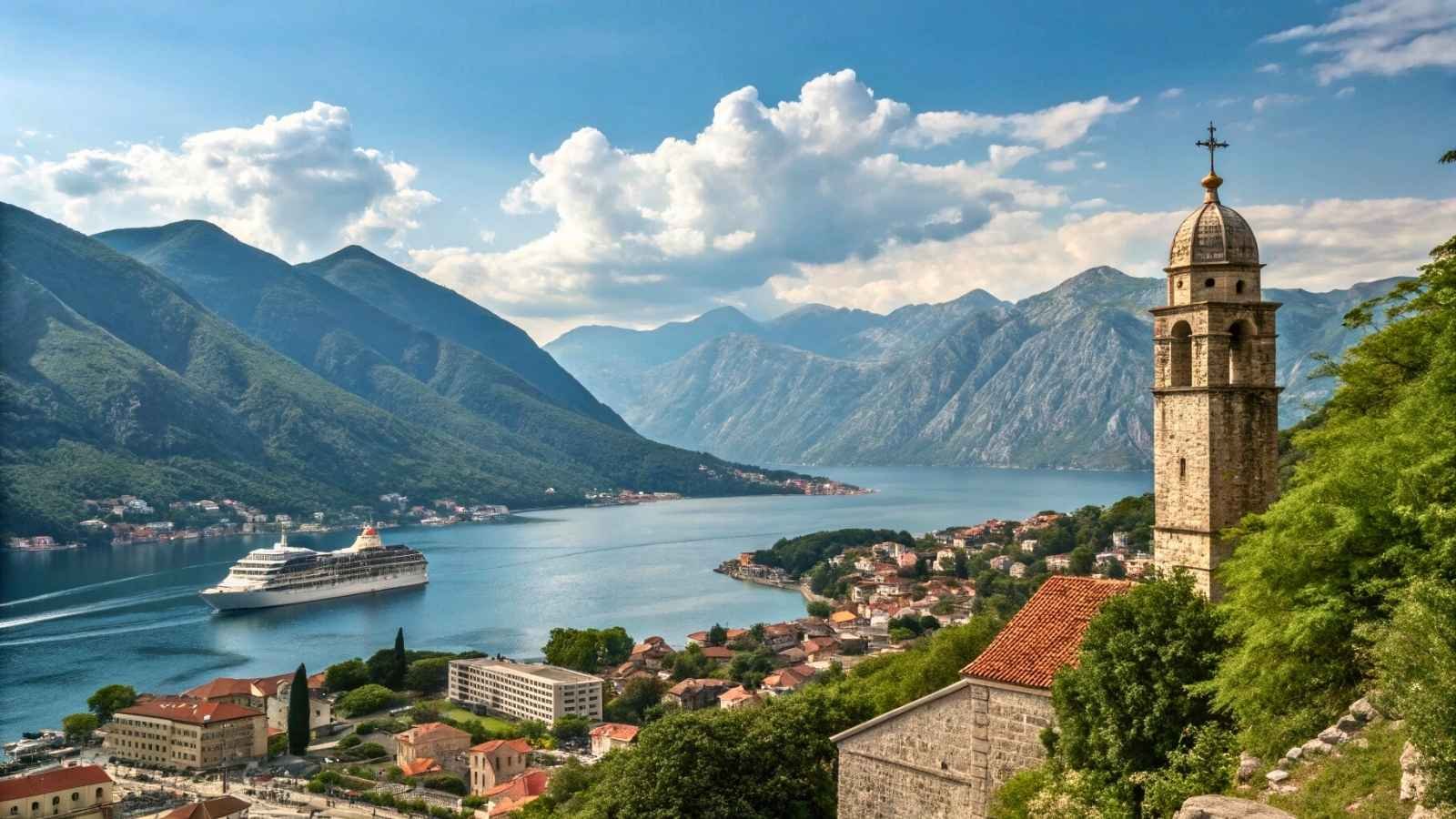
Tucked between towering mountains and a breathtaking bay, Kotor feels like a well-kept secret that somehow escaped the Instagram masses—at least for now. Its medieval old town, surrounded by Venetian walls, is a labyrinth of narrow alleys, stone churches, and terracotta rooftops. Every corner seems to whisper history, yet the vibe is relaxed, almost sleepy, in the best possible way.
What makes Kotor unforgettable isn’t just its beauty—it’s the Bay of Kotor, often called Europe’s southernmost fjord. The view from the San Giovanni Fortress, especially at golden hour, is something that stays with you. There’s a sense of stillness in the air, especially when you wander early in the morning, before the cruise ships roll in.
But what steals hearts is the mix of cultures here—Montenegrin warmth, Italian elegance, and a touch of Balkan grit. You’ll sip espresso in a centuries-old piazza, hear church bells echo off the cliffs, and find yourself wondering why you didn’t come sooner.
Travel Tips for Kotor:
- Best months to visit: May–June or September–October (fewer crowds, perfect weather)
- Nearest airport: Tivat Airport (TIV), 15 minutes away
- Don’t miss: Climbing the fortress at sunrise, Perast day trip by boat, local prosciutto and cheese
- Budget level: Mid-range, with plenty of affordable boutique stays
- Great for: History lovers, romantic escapes, slow travelers
2. Gjirokastër, Albania
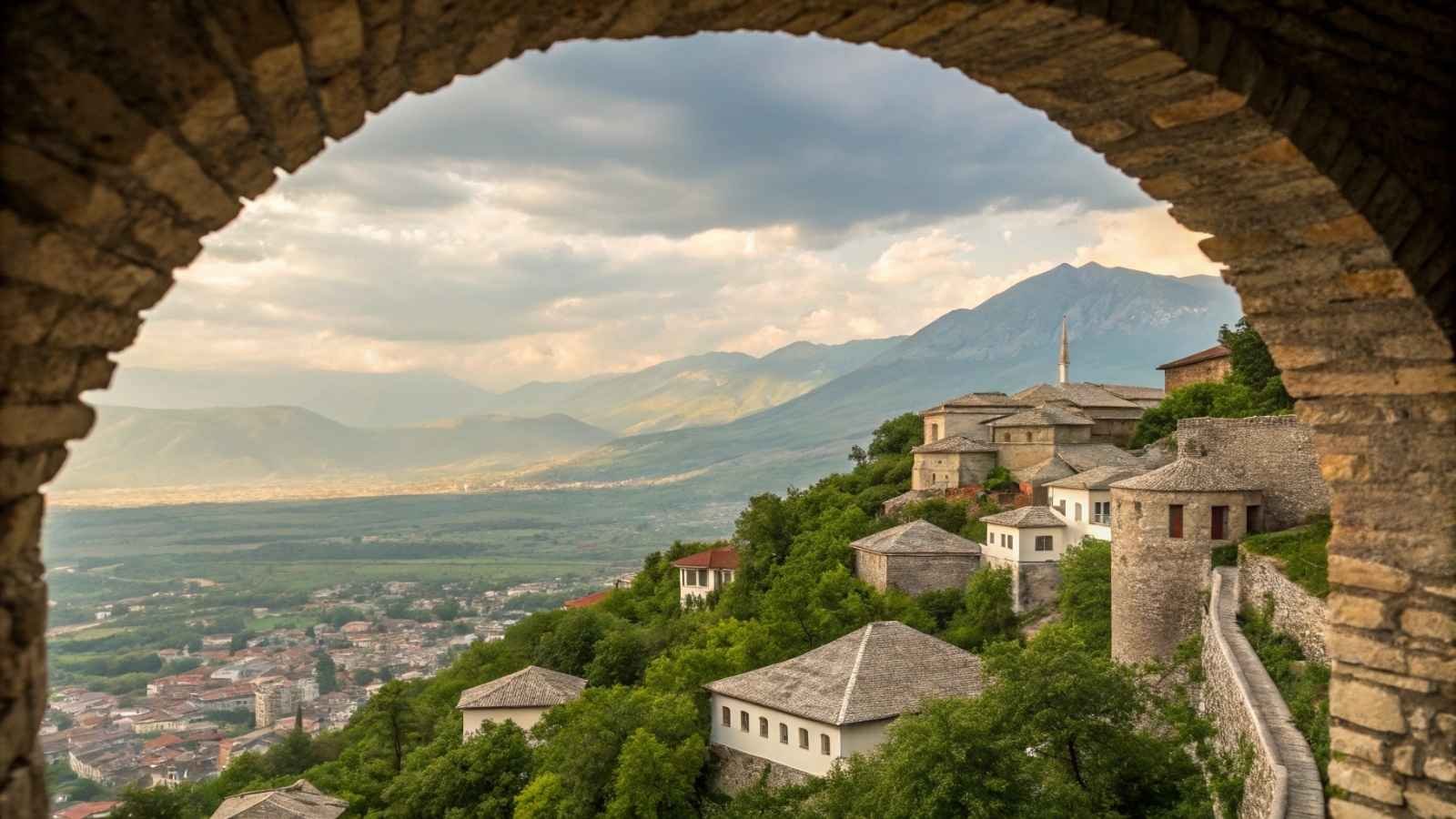
Perched on a hillside in southern Albania, Gjirokastër is a living museum of stone—literally. The entire town is made of slate-roofed Ottoman houses, cobbled lanes, and layered terraces that spill down the slope like a stony waterfall. But despite its UNESCO status, it still flies under the radar for most travelers.
You get the feeling that time has slowed here. Locals still sell homemade jams and honey from their doorsteps. Old women in black walk the alleyways with baskets, and kids kick soccer balls in quiet squares. Something is grounding about it all—raw, real, and not curated for tourism.
The massive Gjirokastër Fortress overlooks the valley, offering views that are both humbling and cinematic. The cold stone beneath your hands, the rusted artillery from wars past, and the wind that sweeps through the archways—it all tells stories you won’t find in guidebooks.
Travel Tips for Gjirokastër:
- Best months to visit: April–June or late September
- Nearest airport: Tirana International Airport (TIA), 3.5 hours by car
- Don’t miss: Ethnographic Museum (birthplace of dictator Enver Hoxha), local qifqi (herbed rice balls), castle tunnels
- Budget level: Very budget-friendly
- Great for: History buffs, culture seekers, off-the-beaten-path adventurers
3. Mostar, Bosnia and Herzegovina
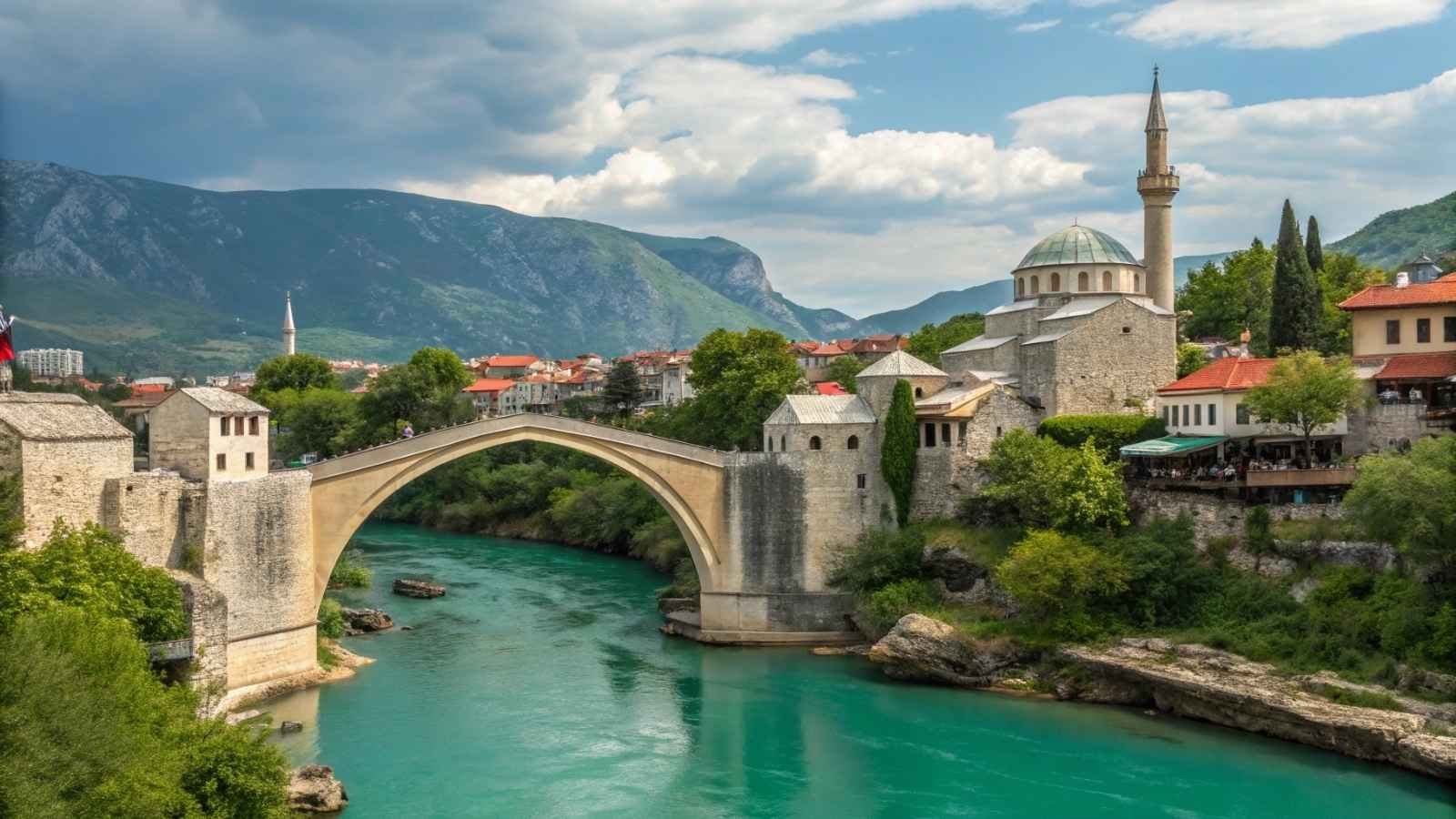
If there’s one place that embodies beauty, resilience, and deep emotion all at once, it’s Mostar. Known for its famous bridge, Stari Most, which arcs gracefully over the Neretva River, this town has endured war, rebuilt itself, and now welcomes visitors with open arms and strong coffee.
The Ottoman-style old town is compact but vibrant. Bazaar-style shops, minarets, and stone houses sit side by side in a collage of cultures. At sunset, the bridge glows a warm gold, and daring locals dive into the icy river below—a tradition that’s part sport, part spectacle.
But walk just a few blocks away from the postcard-perfect center, and you’ll find buildings still pocked with bullet holes—quiet reminders of the siege that tore this town apart in the ’90s. Mostar doesn’t hide its past. It honors it, lives with it, and offers you a chance to feel it.
Travel Tips for Mostar:
- Best months to visit: May–June or September
- Nearest airport: Mostar Airport (OMO), or fly into Sarajevo and take a scenic train
- Don’t miss: Watching bridge divers, Blagaj Tekke monastery, traditional Bosnian coffee at Café de Alma
- Budget level: Budget to mid-range
- Great for: Photographers, solo travelers, cultural immersion
4. Flores Island, Azores, Portugal

If you’re craving nature that feels truly untouched, Flores Island is where you go to unplug from your phone, your stress, and the rest of the world. This far-flung Azorean isle is all waterfalls, wildflowers, crater lakes, and cliffs that plunge into the Atlantic. It doesn’t try to charm you. It just does.
There are no mega-resorts or fancy shops here. Instead, you’ll find quiet coastal villages, cows grazing beside waterfalls, and trails where you won’t pass another soul for hours. The island is small—just 55 square miles—but it packs a surprising punch. Lagoa dos Patos and Poço do Bacalhau are spots that feel pulled from a dream.
Flores isn’t the kind of place you go to “see everything.” It’s the kind of place where you breathe deeper, linger longer, and rediscover the joy of doing nothing at all.
Travel Tips for Flores Island:
- Best months to visit: June–September for hiking, and the weather is
- Nearest airport: Flores Airport (FLW), usually via a flight from São Miguel or Faial
- Don’t miss: Rocha dos Bordões rock formation, Fajã Grande village, bathing in natural pools
- Budget level: Mid-range; prices slightly higher due to remote location
- Great for: Nature lovers, digital detox, slow travel enthusiasts
5. Bratislava, Slovakia
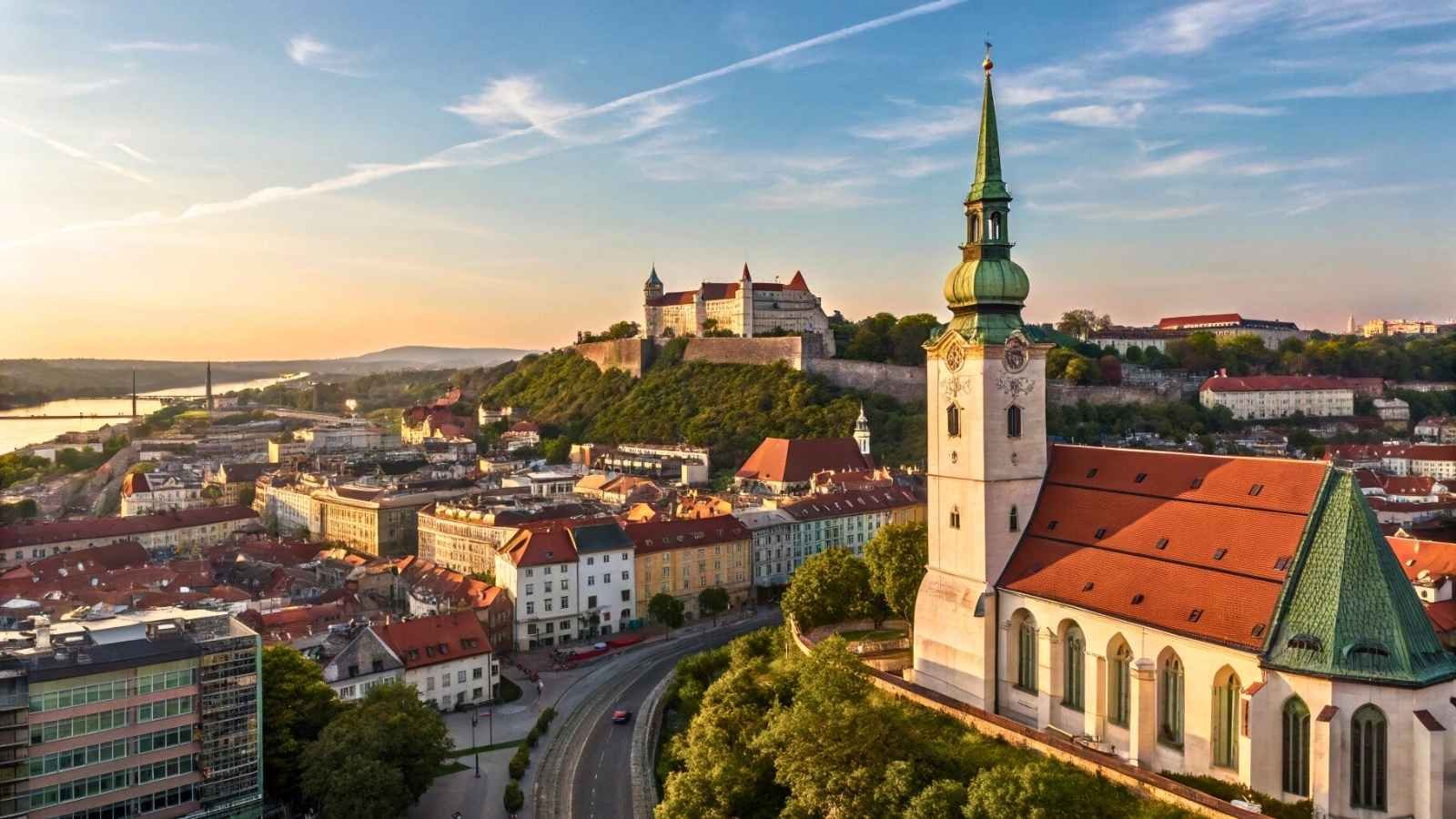
Often overshadowed by nearby Vienna and Budapest, Bratislava is the cool little capital that surprises you, in all the right ways. It’s compact, walkable, and full of character, with a riverfront that’s been totally revived in recent years. There’s an energy here that’s young and creative, but with plenty of old-world elegance too.
The Old Town is delightfully quirky—colorful facades, hidden courtyards, and a few downright odd statues (yes, a guy is popping out of a manhole). You can explore the whole center in an afternoon, then head to a wine bar or riverside café where locals outnumber tourists.
One of Bratislava’s best perks? It’s incredibly affordable for a European capital. And because it’s still under the radar for many, you get the perks of a city without the crowds of one.
Travel Tips for Bratislava:
- Best months to visit: April–May or September–October
- Nearest airport: Bratislava Airport (BTS); Vienna Airport is just 45 minutes away
- Don’t miss: Bratislava Castle views, UFO Tower sunset, local wine tasting in the Carpathians
- Budget level: Budget-friendly
- Great for: Weekend getaways, foodies, architecture lovers
6. Isle of Eigg, Scotland

If you’re looking for something radically different—a place that feels like its own quiet universe—then the Isle of Eigg will steal your heart. One of the Small Isles in the Inner Hebrides, Eigg is tiny, wild, and community-owned. It runs on renewable energy, has no chain stores, and the people here genuinely care about preserving what makes the island so unique.
There’s something almost magical about watching the tide roll in from Laig Bay, with the jagged outline of Rum Island on the horizon. Or climbing An Sgùrr, the dramatic volcanic ridge that gives you sweeping views over the ocean and rolling green hills. You’ll likely see more sheep than humans—and that’s part of the appeal.
Eigg is not for the rushed. There’s no nightlife (unless you count singing with locals at the community hall), and no itinerary to follow. You go to Eigg to slow down and feel human again. It’s raw, it’s real, and once you leave, you’ll think about it more than you expected.
Travel Tips for Isle of Eigg:
- Best months to visit: May–August for mild weather and ferry access
- Nearest access point: Ferries from Mallaig or Arisaig on the Scottish mainland
- Don’t miss: Singing sands beach, wildlife watching (eagles, seals, dolphins), Eigg’s eco-center
- Budget level: Moderate; very limited accommodation, so book early
- Great for: Nature purists, writers, solitude seekers
7. Calabria (Tropea), Italy

Often overlooked in favor of Tuscany or the Amalfi Coast, Calabria—specifically Tropea—is southern Italy at its most authentic and soul-stirring. Perched on cliffs that plunge into the turquoise Tyrrhenian Sea, this town delivers jaw-dropping views with none of the Amalfi prices or crowds.
Tropea’s old town is a network of crumbling Baroque palazzi, flower-filled balconies, and quiet trattorias where grandmothers still roll out pasta by hand. The star of the show is the Sanctuary of Santa Maria dell’Isola, a hilltop church that looks like it was dropped straight from a fairytale. The beaches below are wide, golden, and blissfully uncrowded—even in peak season.
What makes this town a heart-stealer is the genuine warmth of the locals, the unbeatable seafood (try the red onion tart!), and the fact that you feel like you’ve stumbled into a part of Italy that’s still living its own life, unaffected by mass tourism.
Travel Tips for Tropea, Calabria:
- Best months to visit: May–June or September
- Nearest airport: Lamezia Terme International Airport (SUF), 1 hour away
- Don’t miss: Capo Vaticano viewpoint, Tropea red onion dishes, hidden beaches
- Budget level: Mid-range; excellent value for coastal Italy
- Great for: Beach lovers, foodies, romantic escapes
8. Český Krumlov, Czech Republic
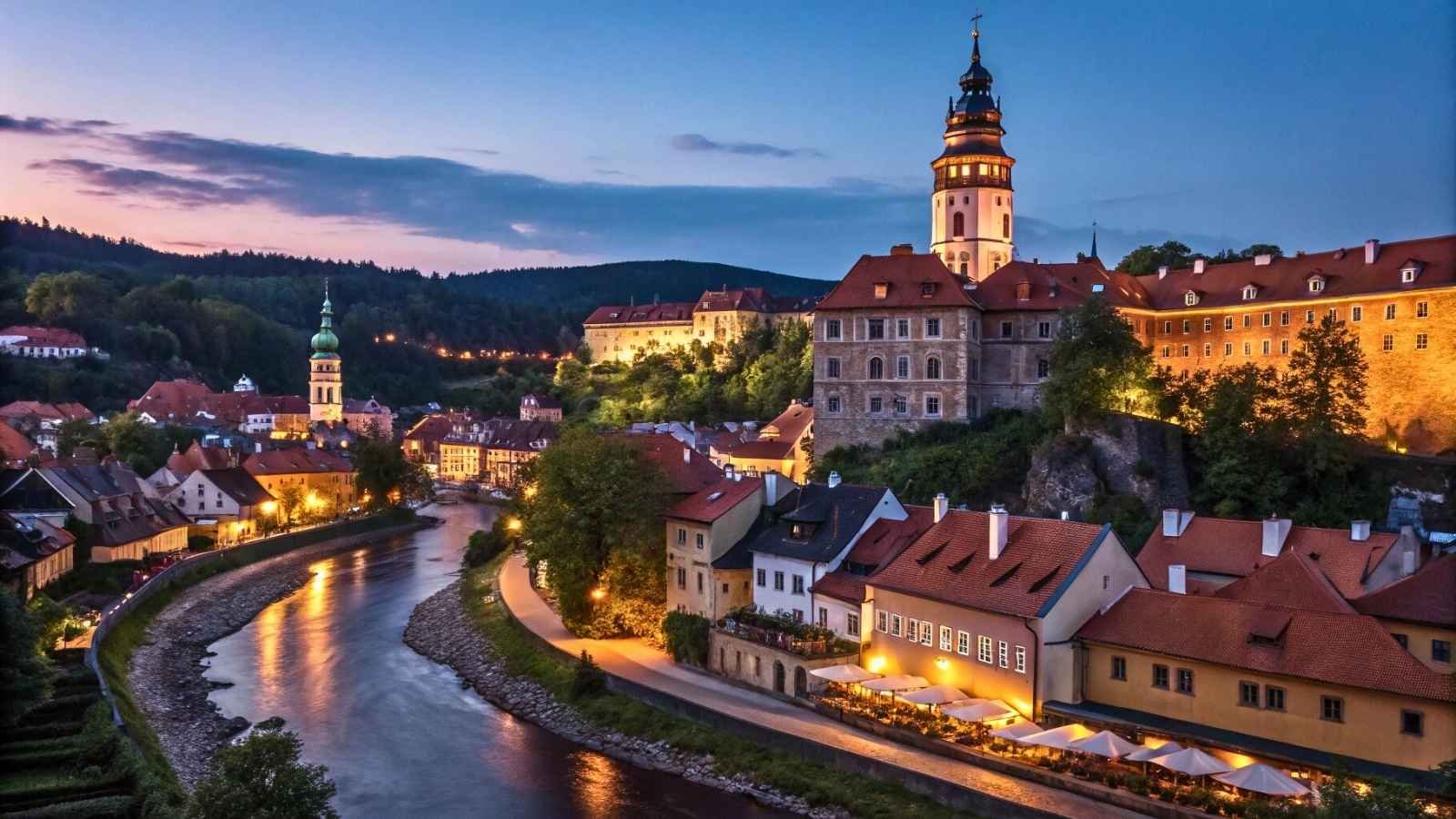
Walking into Český Krumlov feels like stepping into a fairy tale that hasn’t been touched by time—or tourism saturation. Though it’s gained popularity in recent years, it’s still wildly underrated compared to Prague. And frankly? It’s just as stunning, if not more.
The town curves around the Vltava River, with its pastel-hued buildings, charming arched bridges, and the imposing Krumlov Castle presiding over it all. Inside the castle complex, you’ll find hidden courtyards, a theater from the 1700s, and views that could melt even the most jaded traveler. And then there’s the medieval core, a warren of cobblestone alleys that practically beg you to get lost in them.
Despite its storybook appearance, Český Krumlov isn’t overdone or precious. It’s just… peaceful. Especially in the early morning or off-season, when the streets are quiet and the mist rises over the river. It’s the kind of place that reminds you why you fell in love with travel in the first place.
Travel Tips for Český Krumlov:
- Best months to visit: April–June or September (avoid mid-summer weekend day-trippers)
- Nearest airport: Fly into Prague, then 2.5–3 hours by train or bus
- Don’t miss: Krumlov Castle tower, Vltava River canoeing, Egon Schiele Art Centrum
- Budget level: Budget to mid-range
- Great for: Photographers, couples, art and architecture lovers
9. Sibiu, Romania
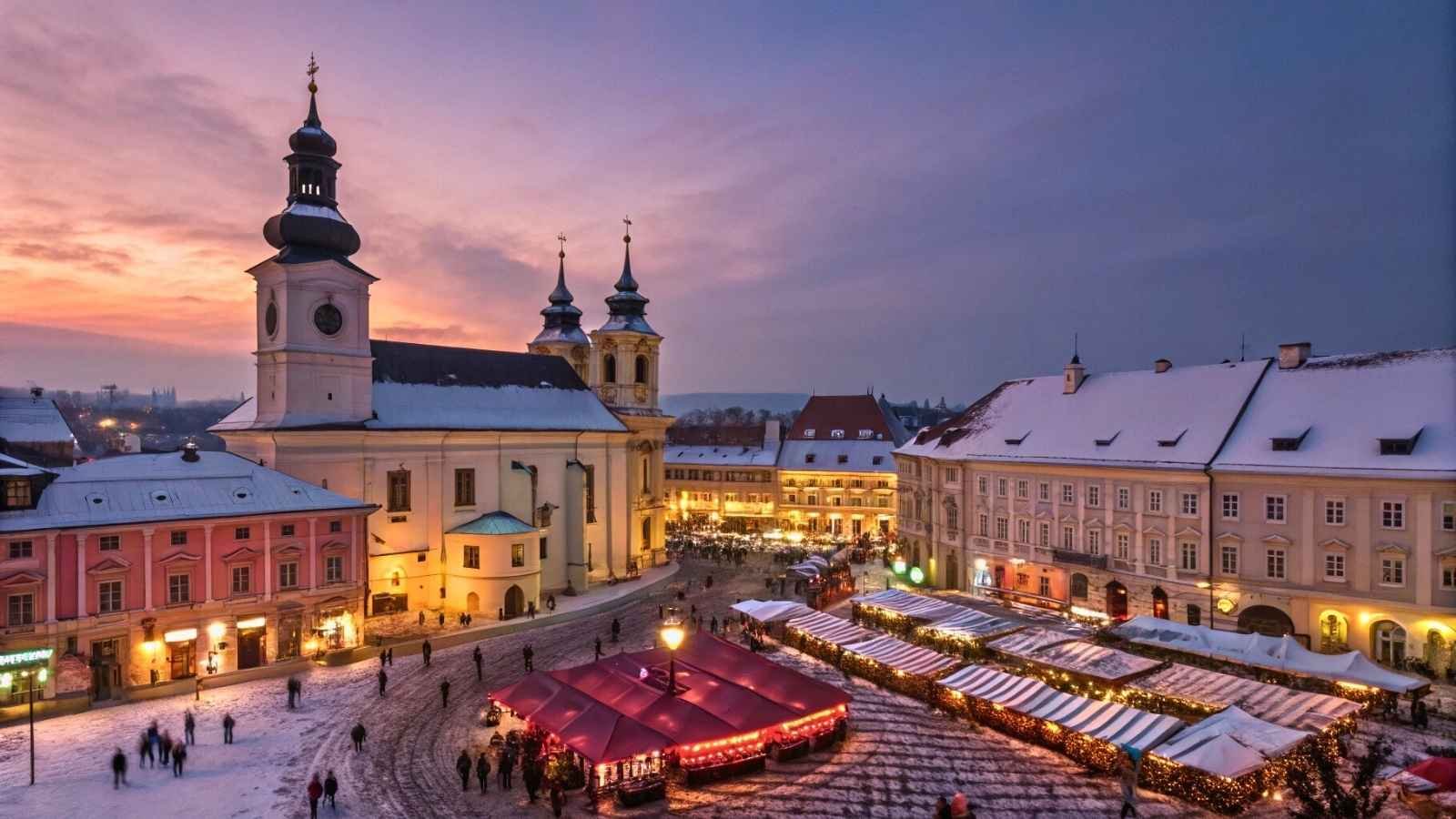
Nestled in the heart of Transylvania, Sibiu is that rare mix of elegance and authenticity that feels truly rare in Europe. With its pastel-colored town squares, gothic churches, and rooftops that seem to be watching you (yes, the “eyelid” windows are real), Sibiu is both strange and utterly charming.
A former European Capital of Culture, Sibiu wears its cultural pedigree well—there are museums, festivals, jazz clubs, and historic towers, all within walking distance. But it’s the town’s spirit that draws you in. Something is welcoming in the way people linger at cafés, or how musicians play freely in the squares.
And then there’s the countryside just outside—rolling hills, Saxon villages, fortified churches, and horseback trails through untouched forests. You can base yourself in Sibiu and explore parts of Romania that few ever see, yet are rich with character and depth.
Travel Tips for Sibiu:
- Best months to visit: May–June, September, or December (for the Christmas Market)
- Nearest airport: Sibiu International Airport (SBZ), just outside town
- Don’t miss: Brukenthal Palace, ASTRA Village Museum, Sibiel countryside tour
- Budget level: Very affordable
- Great for: Cultural travelers, hidden gem seekers, Euro-history fans
10. Piran, Slovenia
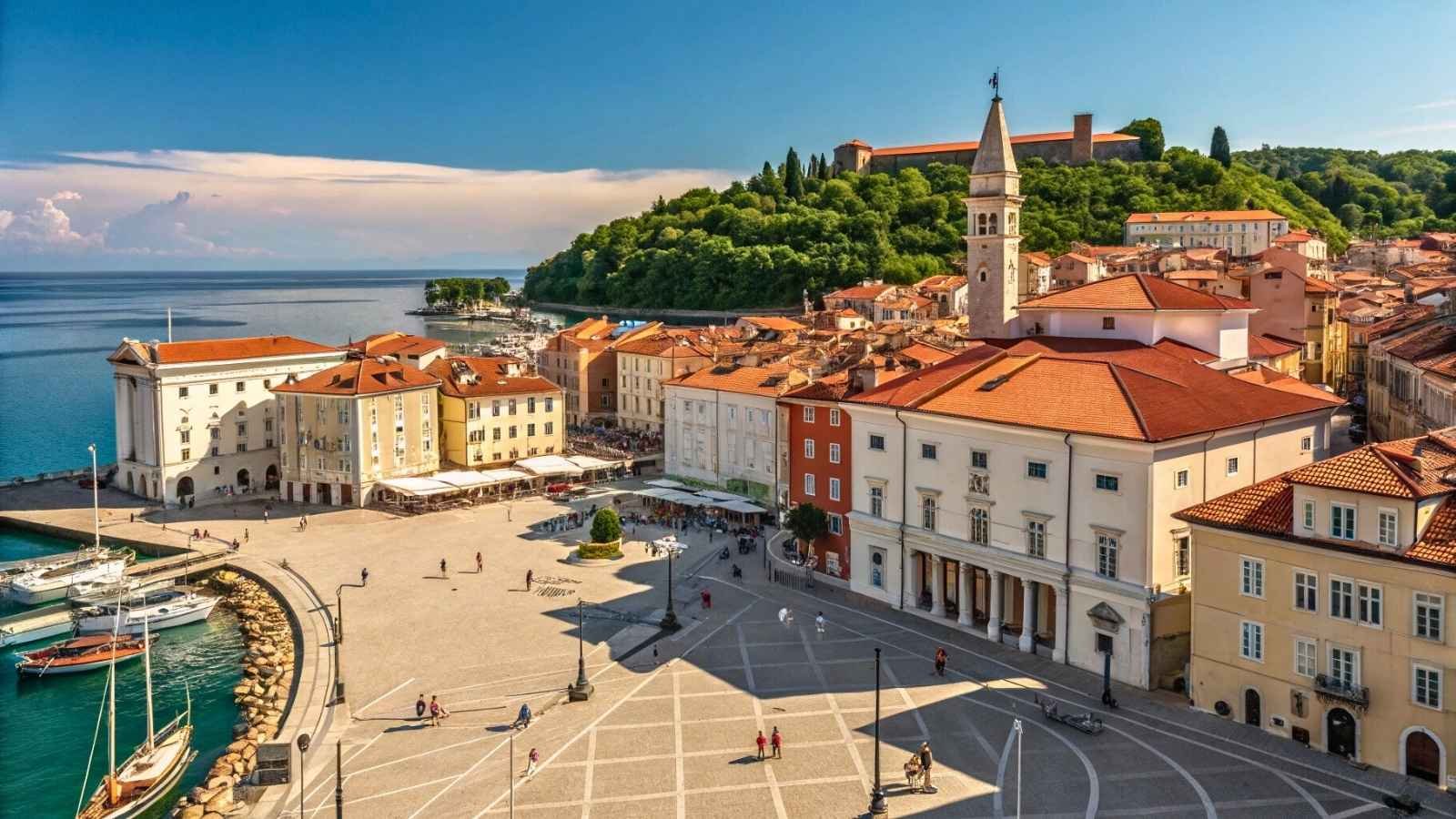
Tucked on a narrow peninsula on Slovenia’s Adriatic coast, Piran is like a small bite of Venice, minus the crowds and inflated prices. With its red-roofed houses, marble piazzas, and bell towers that chime through the salty air, this town delivers a level of romance that’s hard to overstate.
You’ll want to spend hours wandering its car-free old town, where narrow alleyways twist toward the sea, and gelato stands hide beneath flowering vines. The Tartini Square is the heart of the action, surrounded by elegant Venetian architecture and filled with the scent of grilled calamari and sea breeze.
But what makes Piran unforgettable is the view from St. George’s Church, perched above the town. From here, the rooftops spill down toward the sapphire water, and on clear days, you can see Croatia and even Italy on the horizon. It’s a crossroads of cultures, and it shows in every detail.
Travel Tips for Piran:
- Best months to visit: May–June or September
- Nearest airport: Ljubljana Airport (LJU); also accessible from Trieste or Venice
- Don’t miss: Salt pans of Sečovlje, seafood along the harbor, coastal bike ride
- Budget level: Mid-range
- Great for: Coastal escapes, slow travel, romantic weekends
11. Nafplio, Greece
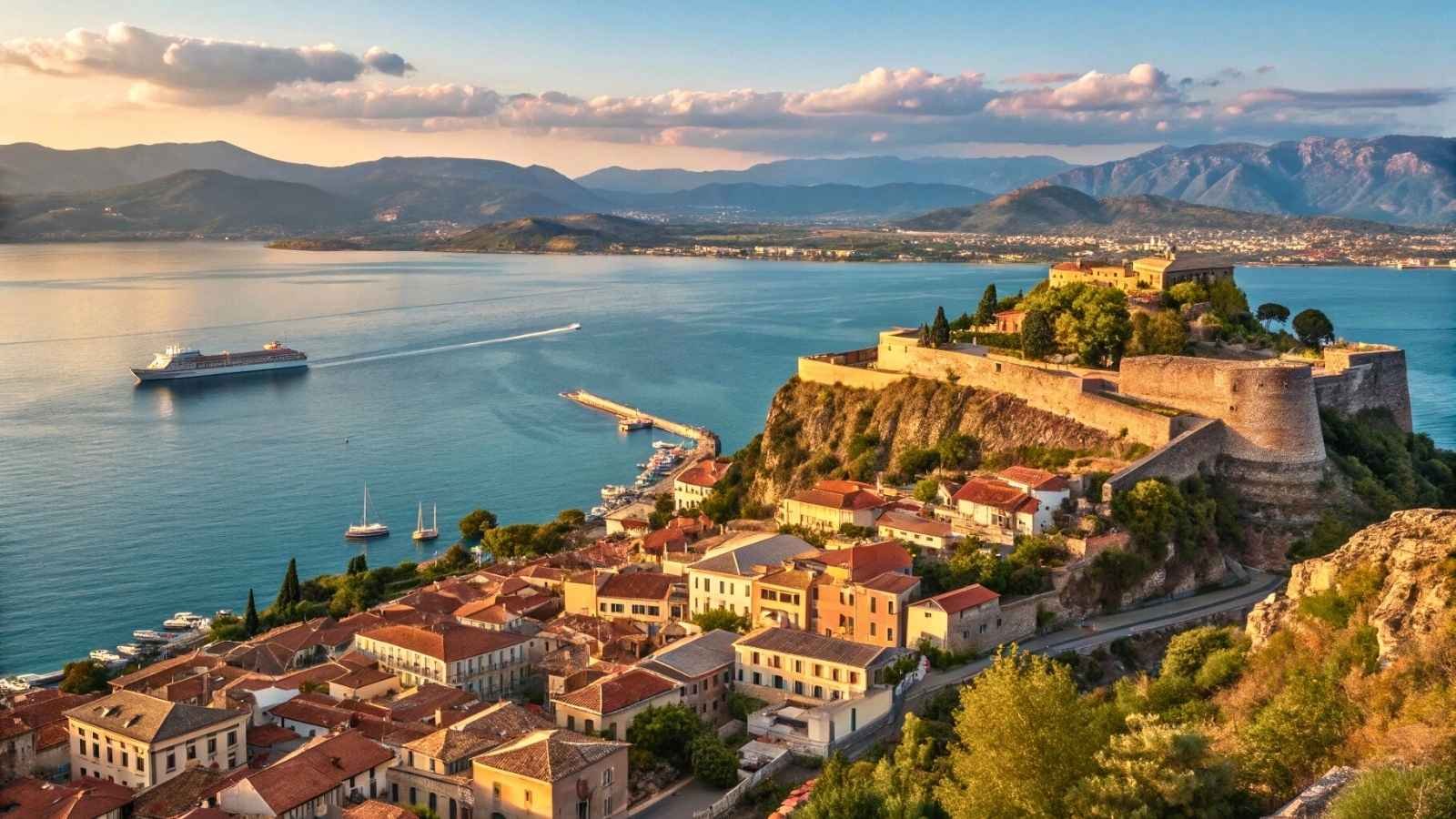
It’s hard to understand why Nafplio isn’t on every traveler’s radar. Once the first capital of modern Greece, this seaside town blends neoclassical charm with island-like vibes—but without needing a ferry. Whitewashed buildings, bougainvillea-wrapped balconies, and tavernas buzzing with conversation spill down toward the sea, where a Venetian fortress floats just offshore like a storybook prop.
You can climb the 999 steps to Palamidi Fortress if you’re feeling brave—or just stroll the romantic promenade at sunset with gelato in hand. Either way, you’ll feel the magic here. Unlike the islands, Nafplio remains affordable and authentically Greek. There are no cruise ships in sight, and the pace is refreshingly gentle.
What sets it apart is how layered the history feels—you’re walking through Greek, Ottoman, and Venetian legacies all at once. Yet somehow, Nafplio avoids feeling like a museum. It’s alive. It’s loved. And it’s likely to become your new favorite place in Greece.
Travel Tips for Nafplio:
- Best months to visit: March–May or September–October
- Nearest airport: Athens International Airport (ATH), 2 hours by car
- Don’t miss: Palamidi Fortress, Bourtzi Castle, grilled octopus by the harbor
- Budget level: Mid-range
- Great for: Couples, history fans, weekend wanderers
12. Korčula, Croatia
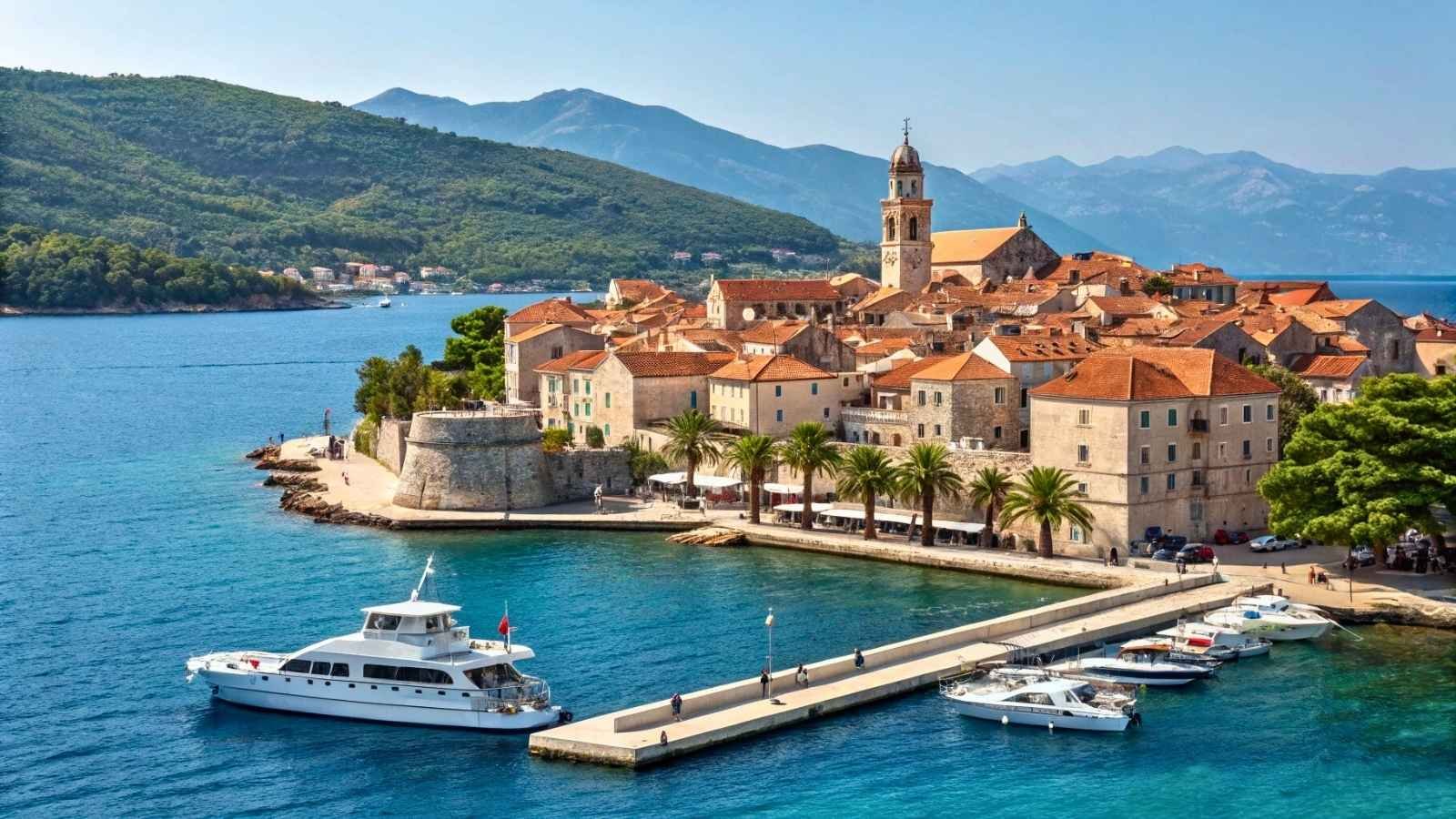
If you ever wished Dubrovnik came with fewer crowds and more soul, Korčula might just be the answer. Often called “Little Dubrovnik” (though locals might roll their eyes at the nickname), this walled island town feels like a private retreat wrapped in sun-soaked stone and Adriatic calm.
Life here moves slowly. Locals sip coffee under ancient arches. Children play soccer in narrow lanes. The breeze carries the scent of pine, salt, and locally pressed olive oil. And when golden hour hits the terracotta rooftops of the old town? It’s like stepping into a Mediterranean dream.
Add to that its strong claim as the birthplace of Marco Polo, the wine-soaked villages just inland, and quiet coves made for swimming—and you’ve got a destination that’s hard to leave behind.
Travel Tips for Korčula:
- Best months to visit: May–early July or September
- Nearest airport: Dubrovnik or Split + ferry
- Don’t miss: Lumbarda wine region, sunset from Massimo Bar, Marco Polo Museum
- Budget level: Mid-range
- Great for: Island hopping, food lovers, relaxed luxury
13. Banská Štiavnica, Slovakia
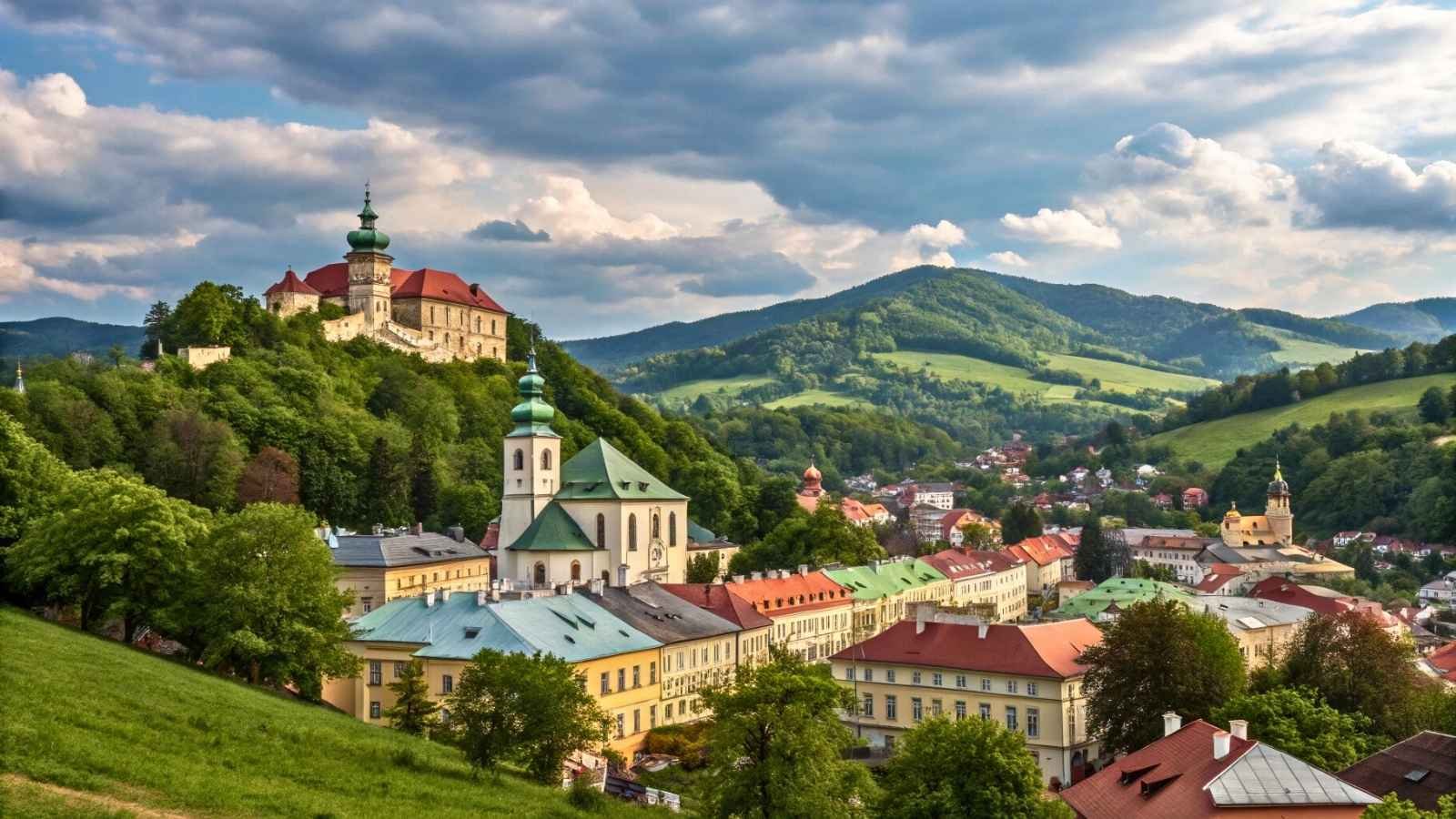
Chances are, you’ve never heard of Banská Štiavnica—and that’s exactly why you’ll fall in love with it. A UNESCO-listed town nestled in the hills of central Slovakia, it was once one of Europe’s wealthiest mining towns. Today? It’s a gorgeous, sleepy gem full of surprises.
The streets wind uphill past faded mansions, secret gardens, and art galleries tucked into old mining tunnels. But don’t let its size fool you—this town is weirdly creative. You might wander into a historic bathhouse that’s been turned into a bookstore café, or find street art on the side of a 400-year-old house.
And then there’s the surrounding Štiavnica Mountains, full of volcanic lakes and trails that feel untouched. It’s a town that combines nature, history, and just enough quirk to keep you delighted at every turn.
Travel Tips for Banská Štiavnica:
- Best months to visit: May–June or early autumn
- Nearest airport: Bratislava or Budapest, ~2.5–3 hours by car
- Don’t miss: Open-air Mining Museum, Tea House Klopačka, Sitno mountain hike
- Budget level: Very affordable
- Great for: Artists, hikers, curious wanderers
14. Alquézar, Spain
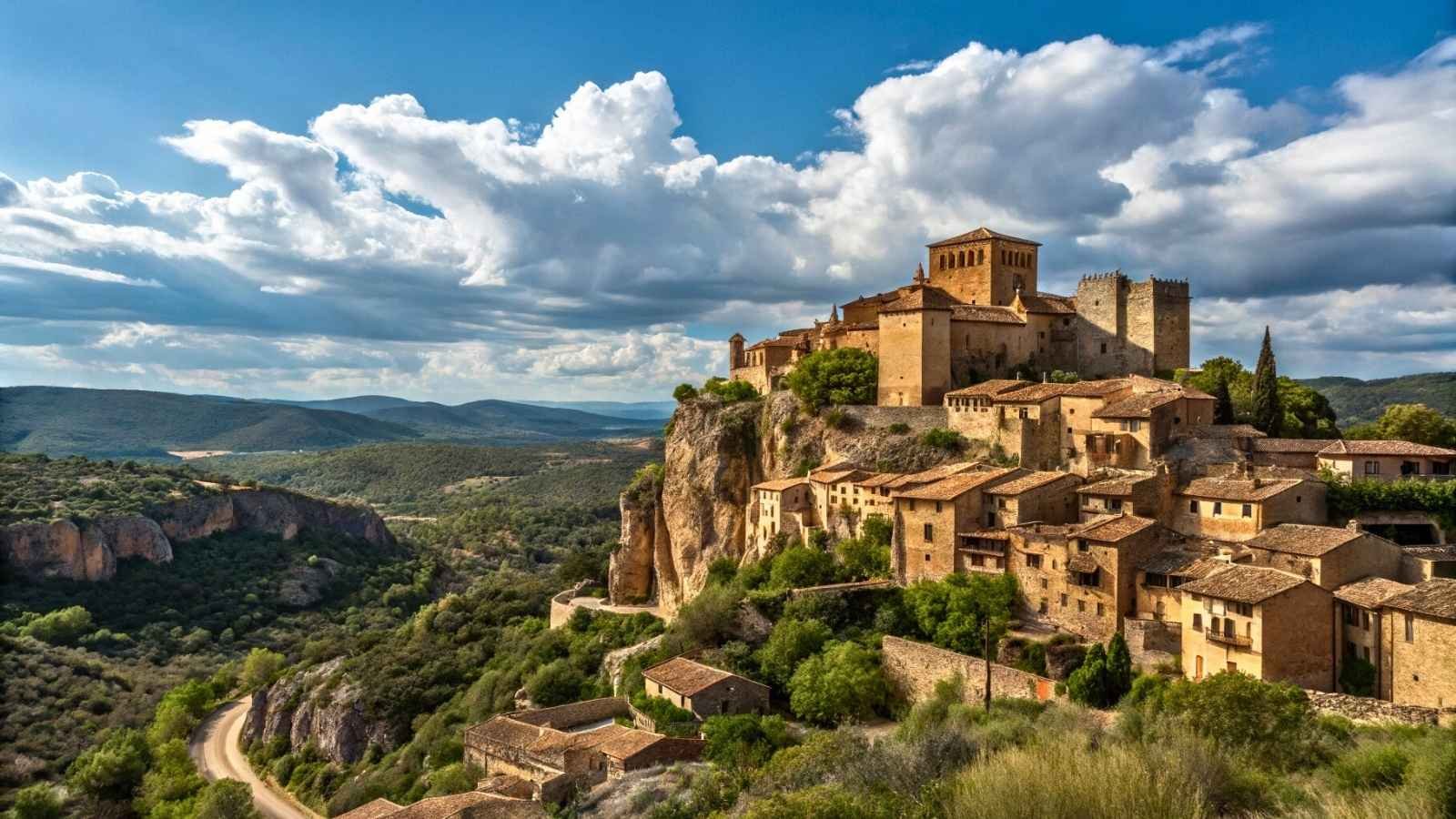
Spain’s big cities and beaches get all the attention, which is why Alquézar is such a refreshing revelation. Perched dramatically on a limestone cliff above a gorge in northern Aragón, this medieval village is a visual knockout—and blissfully uncrowded.
With its honey-colored stone houses, Romanesque churches, and flower-filled balconies, Alquézar could easily pass for a movie set. But it’s very much alive—locals greet you with warmth, and hikers and climbers pass through with mud on their boots and a sparkle in their eyes. The nearby Vero River canyon offers some of the best canyoning and hiking in all of Spain.
Here, you’ll find that sweet spot between raw nature and cultural richness, where a morning hike can end with a three-course wine-soaked lunch under a vine-covered terrace. Alquézar doesn’t try to impress you. It just quietly wins you over.
Travel Tips for Alquézar:
- Best months to visit: April–June or September
- Nearest airport: Zaragoza or Barcelona, ~2–3 hours by car
- Don’t miss: Vero River Walkway, Colegiata de Santa María, Somontano wine tasting
- Budget level: Mid-range, great value
- Great for: Hikers, photographers, nature-food hybrids
15. Viscri, Romania

Viscri might be the quietest village on this list, but that’s precisely its charm. Nestled in Transylvania’s rolling green hills, this Saxon village is where cobblestone paths lead past pastel houses, horse-drawn carts roll by, and time slows to a near halt. Even King Charles of the UK owns a house here—he’s that smitten.
The centerpiece is the fortified church, a whitewashed medieval beauty that looms over the village like a protective giant. Inside and out, Viscri whispers stories of resilience, simplicity, and tradition. You won’t find flashy restaurants or big hotels—just local families opening their homes for home-cooked meals and cozy stays.
And when the sun sets behind the hills and the sky fills with stars, you’ll understand what people mean when they say Viscri is a place you feel, not just visit.
Travel Tips for Viscri:
- Best months to visit: May–September
- Nearest airport: Brașov or Sibiu, 1.5–2.5 hours by car
- Don’t miss: Fortified church, village bike rides, traditional craft workshops
- Budget level: Very affordable
- Great for: Heritage travelers, quiet retreats, slow living fans






